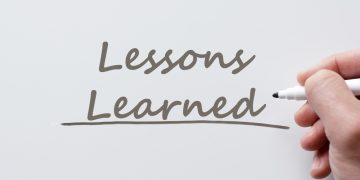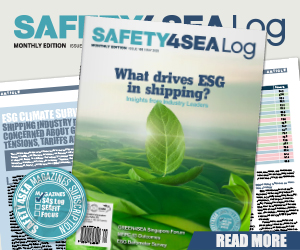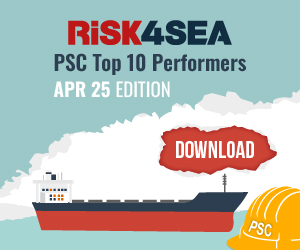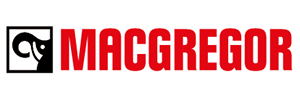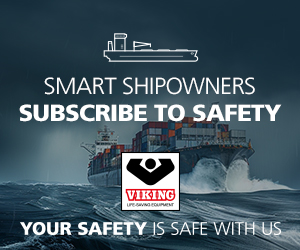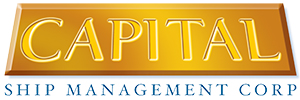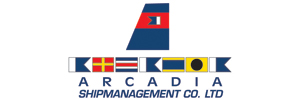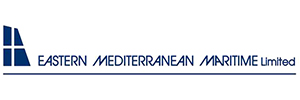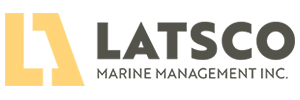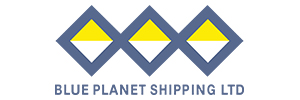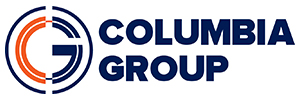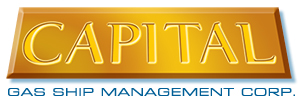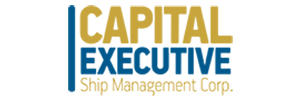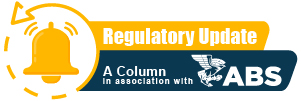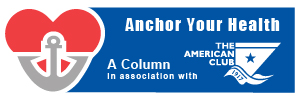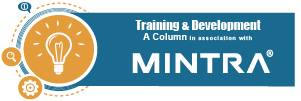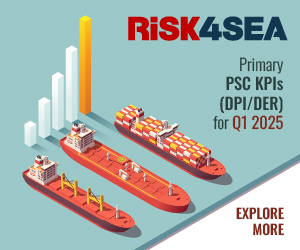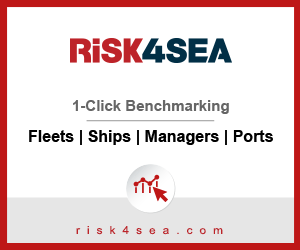NorthStandard on its second briefing of the series “The Right Crew” has highlighted the loss prevention aspects of crew selection and recruitment.
According to NorthStandard, adopting a systematic filter approach can streamline the selection and recruitment process, improving consistency and increasing the likelihood of securing the type of crew that is needed.
Suggested ‘right’ crew selection and recruitment filters
The first step in this systematic approach is to take control of the crew selection and recruitment process. Simply requesting or relying on the manning agent or agents to provide the ‘right’ crew will not work – there has to be a degree of direct control and oversight.
The usual way to achieve this is to have a crewing manager and/or team who understands the overall policy and for any agents to be provided with key tactics. Relying on the agents to provide the ‘right’ crew by their own means has less chance of success. For example – those responsible for selecting and recruiting crew must be clear about your policy for:
- Multi-cultural crews
- Crew retention
- Enhanced pre-employment medicals
- Minimum knowledge requirements.
Limit number of manning agents
If you use third-party crew providers, clearly communicate your crew selection policy to retain control. Relying on providers without robust policies can be risky. Too many providers relative to company size increases oversight workload and reduces influence. Smaller in-house teams benefit from managing fewer agents. Stronger relationships with fewer providers can improve compliance and crew quality.
Specify type of person
Type 1 – ‘Right’ crew
- Holds an STCW certificate
- Automatically aware and willing to do the job properly
- Takes a proactive approach to training
- Demonstrates high levels of common sense and natural risk assessment ability
- May also be experienced
- Makes good decisions
- Functions as a good team member and leader
Type 2 – ‘Right’ crew
- Holds an STCW certificate
- Has the right attitude to be trained properly
- Understands the importance of doing the job correctly
- Can be trained in risk assessment and safe working practices
- Gains knowledge and skill through experience
- Can become a reliable team member and leader
- Can be trained to make sound decisions
Type 3 – ‘Wrong’ crew
- Holds an STCW certificate
- Accepts training but lacks true understanding
- Views risk assessment as just a printed document
- Gains little from experience
- Struggles to perform the job safely
- Struggles to become a reliable team member
- Often makes poor decisions
Type 4 – ‘Wrong’ crew
- Holds an STCW certificate (training may be questionable)
- Has no real interest in the job
- Sees training as a formality
- Lacks knowledge and understanding of risk assessment
- At sea solely for financial reasons
- Rarely engages as a team member; typically a passive presence
- Avoids taking decisions
Drugs and alcohol
Every ship operator should develop a clear drug and alcohol policy, guided by STCW, ILO, and OCIMF best practices. STCW highlights that impaired seafarers must not perform watchkeeping duties. ILO emphasizes shipboard life factors and the need for trained officers to implement policy. OCIMF recommends clear rules, regular testing, and enforcement to prevent impairment during operations. At recruitment, crew should be briefed on the policy, and the ‘right’ crew will fully accept its requirements.
Certificates of competency
Most national maritime administrations issuing STCW certificates will have a system to enable other national maritime administrations and ship operators to check the validity and authenticity of certificates of competency. Certificate checking should be carried out routinely as part of the selection process.
Common language on board
There will also be pastoral issues to consider during crew recruitment. Getting the right crew might mean a multinational mix that can communicate socially as well as effectively for the safe operation of the ship. SOLAS requires a common working language for safety, typically English, especially for bridge, shore, and pilot communications. STCW mandates that all crew must communicate effectively in emergencies and officers must understand IMO Standard Marine Communication Phrases (SMCP).
Engineering and GMDSS personnel must interpret technical English and communicate clearly. ISM requires SMS information to be in a language understood by the crew, ensuring effective communication. Crew should be assessed on maritime English, using written/CBT tests during selection and verbal evaluation during interviews.
According to NorthStandard, in addition to verifying certificates of competency online, all crew should complete a crew evaluation test to assess knowledge.
Ideally, the top four senior officers are recruited from reliable Type 2 crew with the right attitude, supported by training and retention, reducing human error and improving operational safety and efficiency. Gathering previous appraisals and references, even verbally, with documented records, strengthens vetting.
Furthermore, the interview process should include personality, attitude, and hygiene awareness questions, especially for crew handling food. Selecting a multinational crew that can communicate effectively both socially and professionally is crucial to avoid isolation and ensure safety.
Enhanced pre-employment medicals must also confirm seafarers meet statutory fitness standards and identify any health risks that could affect safety, particularly those conditions that may worsen during extended periods away from medical care.
Recruitment, selection, and retention of appropriately trained and qualified seafarers, with the right attitudes, is therefore key to reducing the number of incidents and to the long term success of a shipping company.
…NorthStandard notes.








